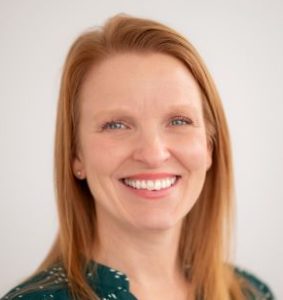
We reported this week on another nursing home closure, the 10th in 2022 for Montana, a state where payment and regulation issues could be seen as combining to drive operators out of the long-term care sector.
But this latest closure is another among several this year involving Lantis Enterprises, a South Dakota-based operator that grew a major regional footprint as a family-owned business, then siphoned off some assets, only to revisit that cycle again over the last few years.
Now, business practices may be combining with reimbursement and agency pressures to give the single company an oversized role in shrinking access in the Big Sky state.
Access is not just a Montana issue, of course. Every day, it feels like we’re coming closer to the American Health Care Association’s projection of 400 closures for the year.
Patients’ ability to find local skilled nursing care is becoming an increasingly urgent concern in many rural states and even in pockets of those with large or densely located populations. Providers whose leadership, business acumen or commitment to quality have rarely been questioned have certainly reported their share of challenges with staying open in 2022, often because they can’t hire workers.
Yet we all know some solid operators seem to be able to make conditions work to their advantage, even in states that are arguably unattractive to many. Look at Ensign’s rapid growth in Texas, for instance.
So how do they do it? And what are the key distinctions? And how can regulators tell when a problem is about more than just one operator’s management missteps, a factor some elected leaders have implied is a main contributor to closures?
To tell the difference, someone needs to care enough to look.
Providers have told me success in this market comes down to resourcefulness, creativity and an understanding of the local market — not just statewide dynamics. It’s about asking key questions and then asking them again from new perspectives.
Does a hospital in a certain part of the state need to help with a certain type of step-down care? Could I forge partnerships with a well-known regional health system and share staff to ensure sustainability?
Could I invest in resources that may not have been a traditional nursing home expense, such as behavioral health assets, telehealth coverage or nurse practitioner, that might actually drive my costs down long-term and bring my reputation up among both community members and referrers?
Am I hiring leaders with the skillset to see these opportunities in the local markets, people who can understand my organization’s capabilities, capture it in data points and sell those tangible results to upstream healthcare providers?
Considering these operational questions matters more than ever to providers with long-term plans in long-term care.
Staking a claim over a geographic area is no longer enough to survive, especially when confronted with high labor costs and state officials reluctant to pay for the true costs of care.
That said, even if one operator with a long history in a state is now forced to close, state and federal leaders should stand up and take note. What has changed for that operator or in that state, and what are the threats to patient care and the entire healthcare system if more owners follow suit?
The pattern this year has certainly not been one of opening new doors, nor of embracing those who would consider the space as new operators. Yet, existing providers seem to have been left entirely alone to account for the COVID-era pressures they face.
With each closure, I hope officials at the Centers for Medicare & Medicaid Services are also asking critical operational questions, such as:
How can we work with others in the federal government to compel states to act on payment?
How are we monitoring access in areas where closures are mounting?
And how will additional regulatory and staffing burdens ultimately affect patients receiving care today, and also those who will need to be able to find care in their communities five or 10 years from now?
As more facilities close, regulators cannot close their eyes to the sector’s need for workable solutions.
Kimberly Marselas is senior editor of McKnight’s Long-Term Care News.
Opinions expressed in McKnight’s Long-Term Care News columns are not necessarily those of McKnight’s.




